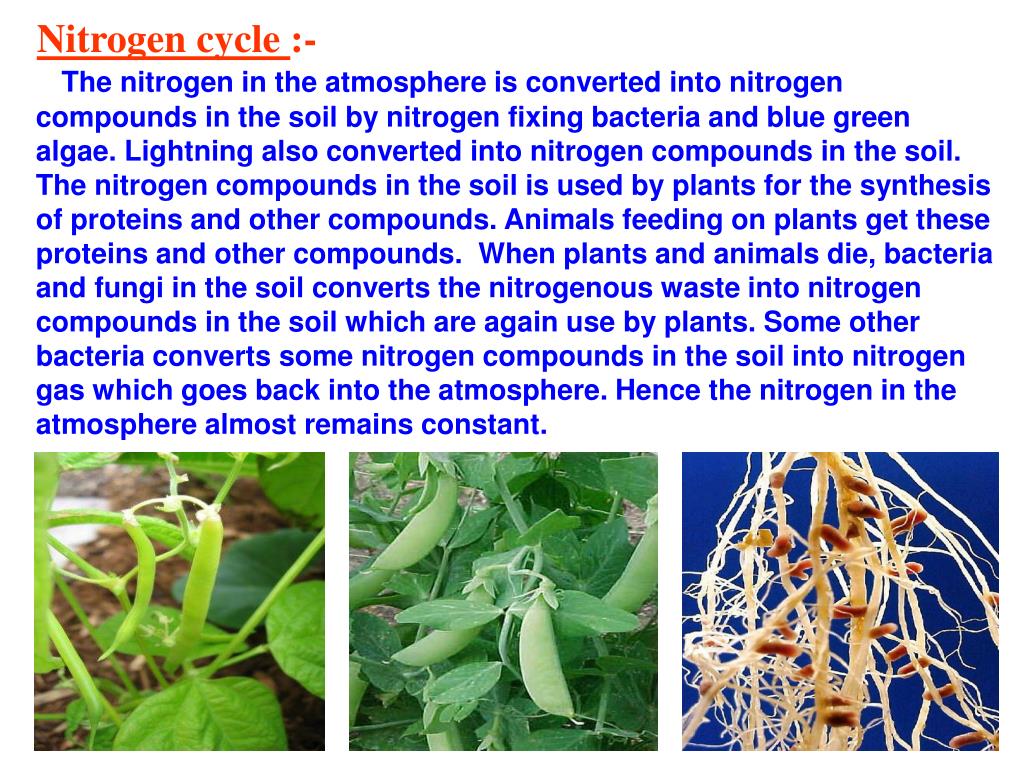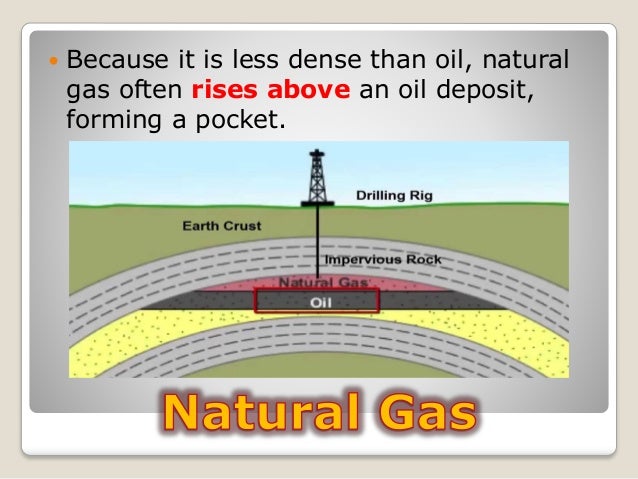CHAPTER –2 Microorganisms
Introduction
Organisms that are so small that they can only be seen through a microscope are called microorganisms or microbes.
The study of microorganisms is known as microbiology.
Most organisms are hardy and can be found in almost any kind of environment – hot desert, polar ice caps, salt water, marsh lands and inside other organisms.
Types of microorganisms:
There are five major groups of microorganism. These are as follows:
1.
Bacteria
2.
Algae
3.
Protozoa
4. Fungi
5. Viruses
Bacteria:
· They are simple living organisms which are found all around us. They are mostly single- celled tiny organisms, but they live together in colonies of millions.
· Bacteria are found in three different shapes:
1.
Rod shaped, called bacilli.
2. Spherical shaped, called cocci.
3. Spiral called spirilla.
Algae:
· Algae are simple plant- like organisms which are usually aquatic in nature.
· They contain a cell wall and chlorophyll and can make their own food by photosynthesis.
· Algae can be unicellular or multicellular.
· Some of the common examples are diatoms, Chlamydomonas, and seaweed. Protozoa:
· These are unicellular microscopic organisms similar to animals that can move about to capture food and are heterotrophic in nature.
· They are mostly aquatic in nature.
· Amoeba, paramecium are some examples of protozoa. Fungi:
· Plant -like organisms that do not contain chlorophyll are called Fungi.
· Fungi may be unicellular (Yeast) or multicellular (Bread mould) and are found in warm and moist places.
· Fungi can be heterotrophic, saprophytic or parasitic in nutrition.
· Examples: Yeast, Rhizopus (Bread mould), mushrooms, puffballs. Viruses:
· Viruses are smaller than any known cell.
·
Viruses can only be seen with electron microscope.
· Viruses can reproduce only
inside the bodies
of other organisms, which mean they need
a host.
· A virus is like a non- living thing outside the body of other organisms. Therefore, it is a borderline between a living and a non- living thing.
USEFUL MICROORGANISMS
Microorganisms
are useful in the following ways:
·
In making medicines and vaccines
·
In
agriculture
· In cleaning the environment
Food and beverage industry:
· Bacteria help us in making certain foods. Lactobacillus is a bacterium that sours milk and is used to makes curd from milk.
· Many fungi like Mushrooms and morels are edible which are rich
· Yeast is commonly employed in preparing food items like bread, cakes, idli, dosa, dhokla etc.
· Yeast is also used in breweries for making wines by the process of fermentation.
Making medicines and vaccines:
· Bacteria and fungi are used to make medicines called antibiotics.
· The first antibiotic, penicillin was discovered by Alexander Flemming using the fungus penicillium.
· Some common antibiotics are streptomycin and terramycin.
· Microbes are used to make vaccines. Vaccines are weakened or dead germs introduced into the body. They offer protection against diseases like tuberculosis, polio etc. by producing anti- bodies.
· Bacteria and Yeast are used in making vitamin B complex tablets.(Escherichia coli survive in our intestine produces B-12)
· The human hormonal called insulin can also be obtained from bacteria.
In Agriculture:
· Some bacteria like Rhizobium, blue green algae like Nostoc, live in the root nodules of plants such as gram, pea etc. These bacteria absorb the nitrogen of the atmosphere and convert it into nitrate which serves as natural fertilizers for plants, hence, enhancing soil fertility.
In cleaning the
environment:
·
Microbes help to keep
our environment clean
by decomposing dead matter. They decomposed substances are recycled
as these get reused from the soil
by plants.
·
Some bacteria decompose sewage and other waste
in water. This
is nature’s method of keeping
the environment free from pollution.
HARMFUL MICROORGANISMS
· Microorganisms that cause diseases
in human, animals
and plants are called
pathogens or
germs.
·
Germs may enter the
body of living
organisms through air,
contaminated food and water, from an infected
person by direct
or indirect contact
or by a carrier.
·
Diseases that
can spread from
an infected person
to a healthy individual through
air, water or direct
contact are called communicable diseases. Examples: Common cold, chicken pox, AIDS etc.
·
Micro
organisms also cause
diseases in animals
and plants. For examples-
·
Anthrax is a disease
caused by bacterium and affects human
and cattle.
·
A virus causes
the dangerous foot and mouth disease
in cattle.
·
Citrus canker is a bacterial disease that affects
trees of citrus
fruits and is spread by air.
·
Rust of wheat
is
a viral disease
that affects vegetable like bhindi &
spread by insects.
· Malaria is actually caused
by pathogen called
plasmodium (protozoa) which
is transmitted by female Anopheles mosquito.
· Dengue is caused by dengue virus and spread by female Aedes mosquito.
Preventing the
spread of Communicable diseases:
Some simple methods of limiting the spread of communicable diseases are:
·
To keep
the infected person
separated from others
& to advice
his/ her to keep a handkerchief on the nose and mouth while sneezing.
·
To
keep our environment or surrounding clean.
·
Never
let garbage collect
in the neighborhood.
·
Timely vaccination against diseases
should also be taken.
·
To prevent
mosquitoes from breeding
we should not allow water
to collect anywhere in our neighbourhoods.
Food spoilage:
Many bacteria and fungi grow on food items and produce certain toxic substances. This makes the food unfit for consumption. Consuming such food can cause a serious illness called food poisoning.
Food preservation:
· Processing of food to prevent their spoilage and to retain their nutritive value for period is called food preservation.
· Food can be preserved using many methods:-
1. Heating: heating food to a high temperature kills microbes. For example: Milk and water are boiled to kill microbes.
2. Cooling: food can be kept in refrigerator at about 5˚C which delays its spoilage.
3. Canning: canning is done to package or preserve food or drink by putting it in sealed, airtight containers.
4. Salting: Fruit and vegetables can be preserved by using salt and then drying. Salts prevent the growth of microbes.
5. Sweetening: Excess sugar can also works on the same principle as salting. Jams, jellies & squashes are preserved by this method.
6. Dry or dehydration: Dehydration of food remaining water from it. This stops microorganisms from growing as they cannot grow without water.
7. Chemical preservatives: Chemicals like sodium benzoate and sodium meta-bisulphite prevent microbial attack and are often use to preserve jams, sauces & ketchup.
Nitrogen cycle :-
The nitrogen in the atmosphere is converted into nitrogen compounds in the soil by
nitrogen fixing bacteria and blue green algae. Lightning also converted into nitrogen
compounds in the soil. The nitrogen compounds in the soil is used by plants for the synthesis
of proteins and other compounds. Animals feeding on plants get these proteins and other
compounds. When plants and animals die, bacteria and fungi in the soil converts the
nitrogenous waste into nitrogen compounds in the soil which are again use by plants.
Some other bacteria converts some nitrogen compounds in the soil into nitrogen gas which
goes back into the atmosphere. Hence the nitrogen in the atmosphere almost remains constant


